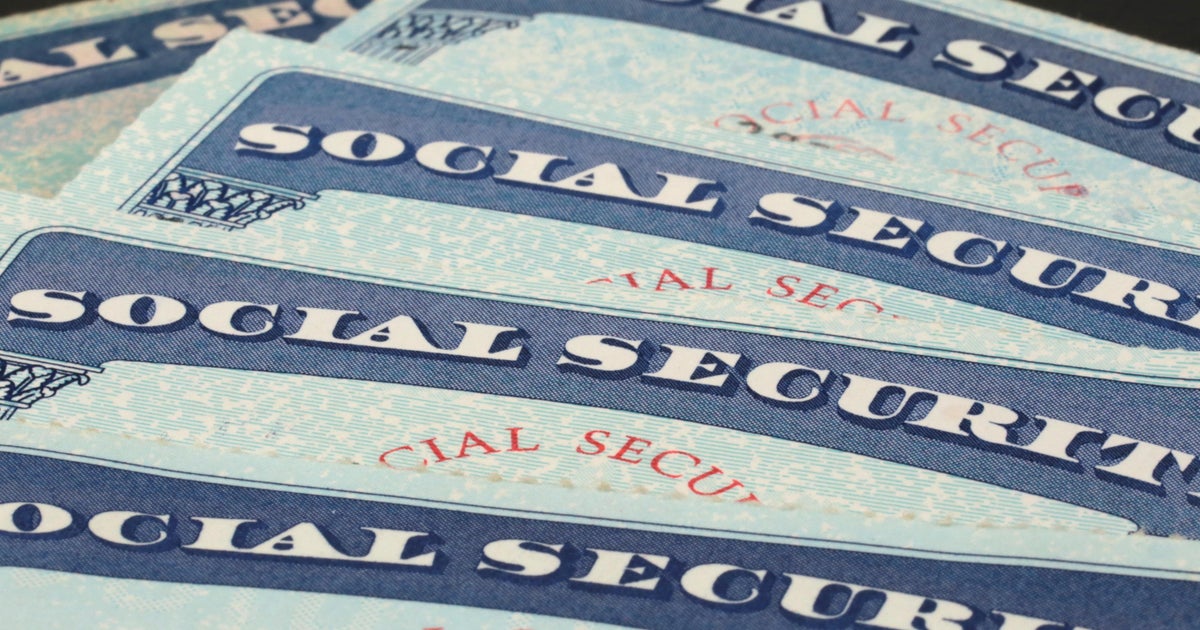States overspent almost $13 billion on unemployment, government watchdog says
State unemployment programs overpaid benefits by $12.9 billion during the first year of the pandemic after jobless benefits were expanded to cover more workers, according to a new Government Accountability Office report. About $1.3 billion of that has been documented as fraud, the analysis said.
As the pandemic shuttered the economy in March 2020, lawmakers approved several new unemployment programs to help the millions who suddenly lost their jobs, including workers who aren't traditionally covered by jobless aid, such as freelancers and gig workers. The biggest share of overpayments was made via the program for gig workers, called the Pandemic Unemployment Assistance (PUA) program, the analysis said.
The $12.9 billion represents just a fraction of the more than $700 billion in jobless benefits spent since the pandemic began, yet the issue highlights the complexities of programs that were created to rapidly get aid into the pockets of out-of-work Americans. Some states are now trying to get the funds back from workers who they believe were overpaid, although, so far, just $300 million of those funds have been recovered, the GAO report said.
Some states have been aware for months that they may have overpaid some claims, with Ohio, Pennsylvania and other states reaching out to thousands of residents last fall to ask for the money back.
Overpayment can be due to "agency error or confusion on the part of the applicant," Jenna Gerry, senior staff attorney with the National Employment Law Project, said about the long-standing issue of overpayments prior to the release of the report. Sometimes workers "inadvertently give potentially wrong information, and then the agency is like, 'Oh, this is actually wrong, you need to give all this money back.'"
The report comes as the ranks of America's unemployed remains elevated, with 7 million fewer people on payrolls today than there were prior to the pandemic. Many unemployed Americans are hesitant to return to work, with about 1.6 million people saying they didn't look for work in June for fear of contracting the virus, while others are struggling with school and daycare issues.
Meanwhile, governors in 25 states have recently ended the pandemic jobless programs, claiming that there are plenty of jobs available and that the extra aid is keeping workers on the sidelines. Louisiana has said it may exit the programs at the end of this month, while the remaining states will end the enhanced benefits when federal funding expires in early September.
The GAO report examined the first year of several new unemployment programs, spanning April 2020 through March 2021.
Fraud problems
While the report identified $1.3 billion as related to fraud, that number could grow, according to the analysis.
"States do not report these overpayments until investigations are complete and fraud has been established, which may take a long time," the report said. "As a result, it is likely that states and territories have not yet reported substantial amounts of fraud overpayments, which could contribute to increasing amounts reported in the coming months."
The pandemic unemployment programs focused on three main areas: providing support to gig and freelance workers through the PUA program, creating additional weeks of support for the long-term unemployed (called the PEUC) and paying an additional $300 in weekly benefits through the FPUC program.
The report found that the biggest amount in overpayments, $4.6 billion, was tied to the PUA program, followed by regular unemployment and Extended Benefits programs, at $4.3 billion. (The Extended Benefits program, which is triggered when unemployment rates are high, provides up to 13 extra weeks of jobless aid.) Another $3.8 billion was overpaid through the FPUC program, while about $200 million was overpaid via PEUC, the report found.
The overpayment totals may also rise, the GAO cautioned.
"These amounts are likely to increase as states shift their focus from program implementation and clearing claims-processing backlogs to identifying overpayments, according to DOL officials," the analysis noted.



